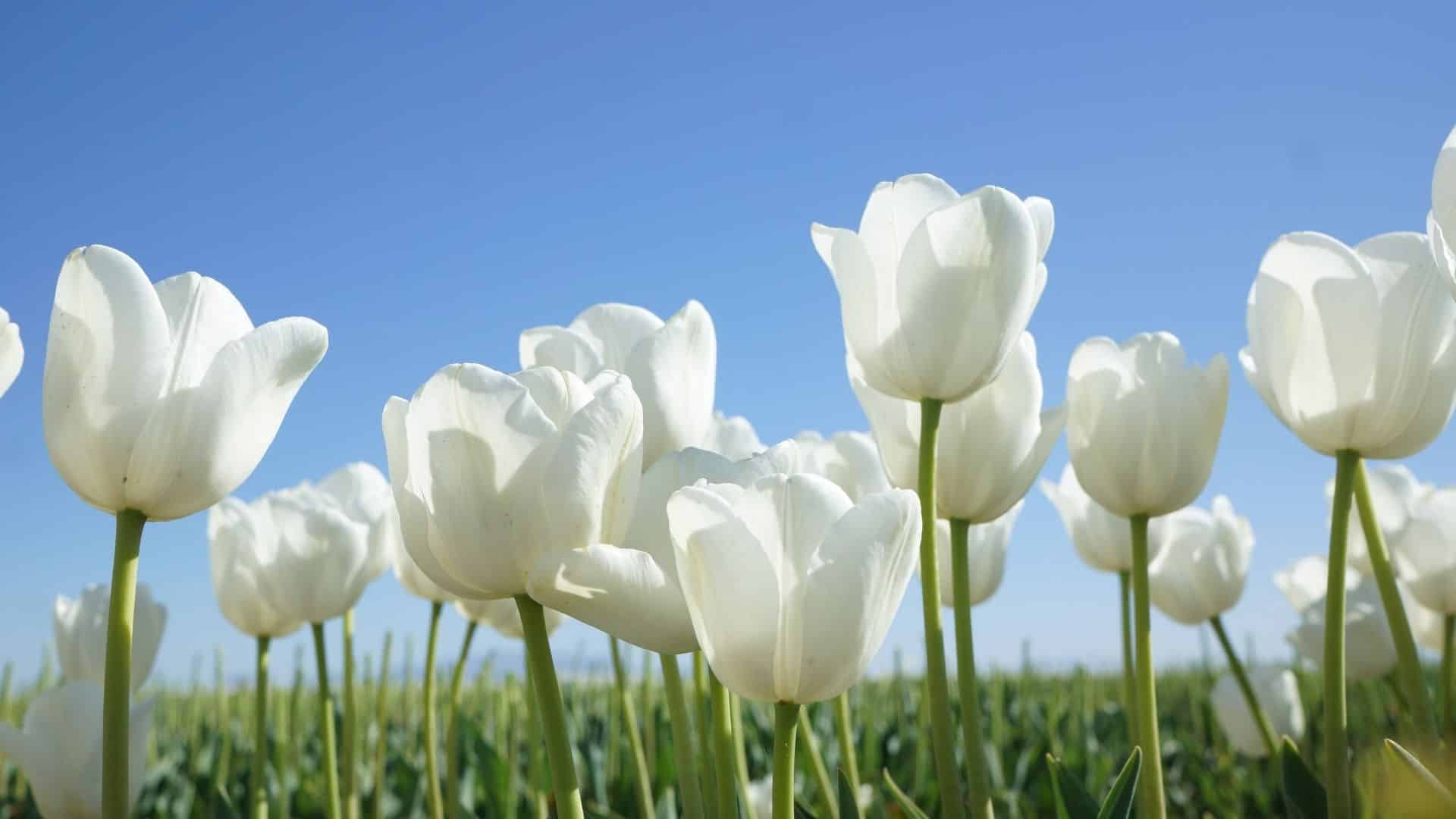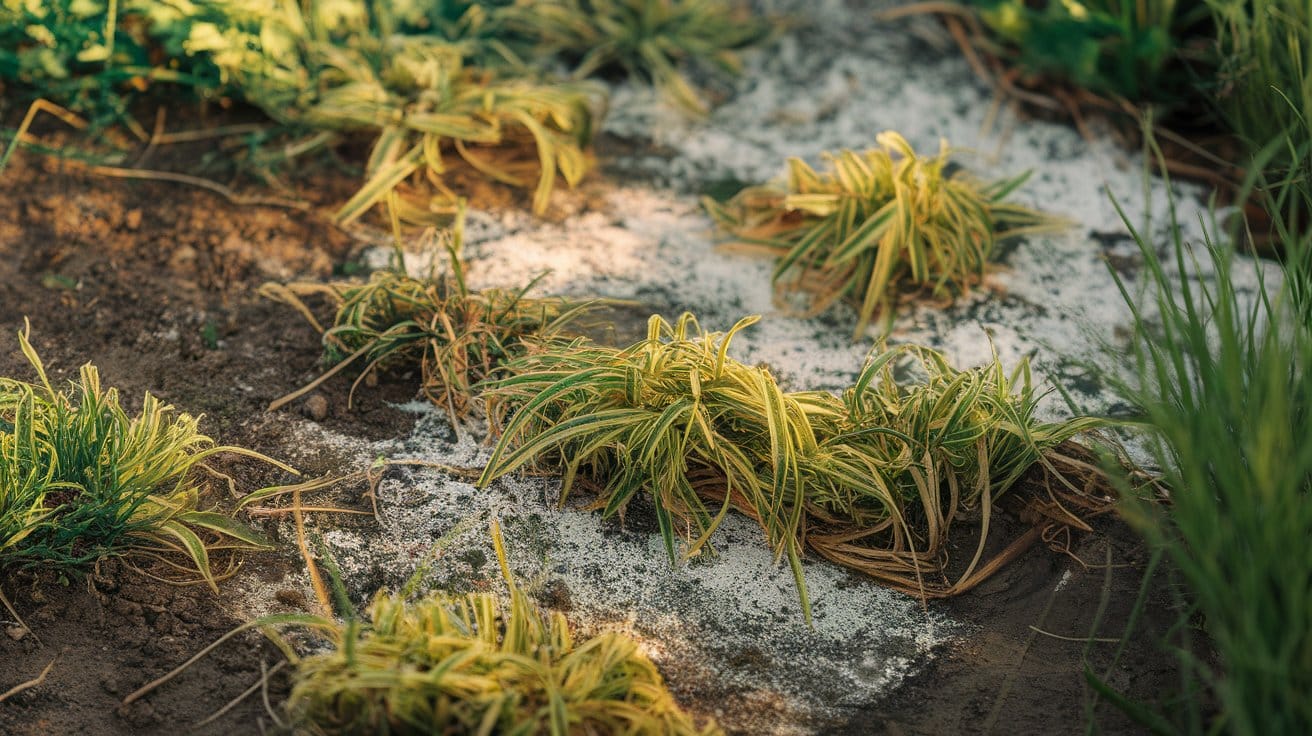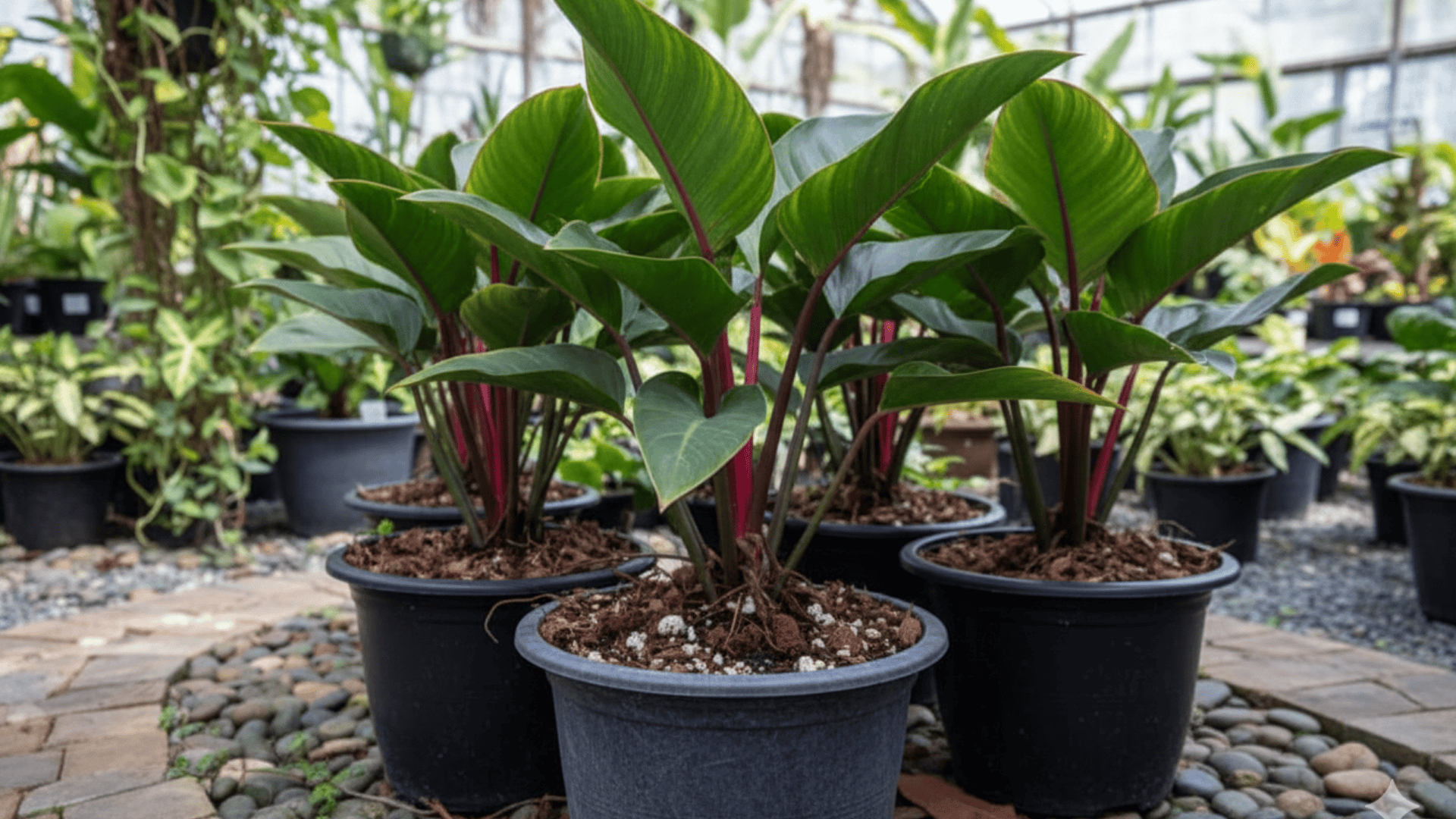A healthy, vibrant lawn starts with one key practice: aeration at the right time.
Aeration allows air, water, and nutrients to reach the roots more effectively, giving grass the strength to grow thicker and greener.
But timing plays a crucial role; aerating too early or too late in the season can stress the grass rather than support its growth.
This blog post explains when the best time to aerate your lawn is, how often you should do it, and what steps to take afterward.
With insights from turf care experts and real homeowner experiences, it offers practical, reliable guidance for maintaining a strong and resilient lawn.
When Is the Best Time to Aerate Your Lawn?
The best time to aerate your lawn depends on the type of grass you have and your local climate.
For cool-season grasses like fescue or ryegrass, early fall or spring is ideal because the grass is actively growing and can recover quickly.
Warm-season grasses, such as Bermuda or zoysia, respond best to aeration in late spring or early summer when growth is at its peak.
Aerating during these periods allows roots to absorb oxygen and nutrients more efficiently, leading to stronger, healthier turf.
According to lawn care professionals and university turf studies, proper timing helps reduce soil compaction and improve overall grass springiness
It ensures your lawn stays lush and green throughout the growing season.
Why Aeration Timing Matters?
Aeration timing directly affects how well your lawn absorbs nutrients and recovers from soil compaction.
When done at the right time, aeration opens up the soil, allowing air, water, and fertilizer to reach the roots efficiently.
If done during dormancy or extreme weather, it can harm the grass and slow recovery.
Experts in turf management recommend aligning aeration with your lawn’s active growth period to encourage deep root development and a healthier soil structure.
The Best Time to Aerate Lawn by Grass Type

The right aeration time depends largely on your grass type.
Each grass variety grows best in specific conditions, and timing aeration to match its growth period ensures strong root recovery and visible improvement in lawn health.
1. Cool-Season Grasses
Cool-season grasses, including fescue, ryegrass, and Kentucky bluegrass, benefit most from aeration in early fall or spring.
During these seasons, soil moisture levels are moderate, temperatures are mild, and the grass is actively growing, perfect conditions for root repair and nutrient absorption.
Fall aeration, in particular, allows roots to strengthen before winter dormancy and supports vigorous growth when temperatures rise again in spring.
Consistent fall or spring aeration helps relieve soil compaction, enhances drainage, and prepares the lawn for year-round resilience.
2. Warm-Season Grasses
Warm-season grasses, such as Bermuda, zoysia, and St. Augustine, respond best to aeration in late spring through early summer.
These grasses grow in warmer temperatures and recover quickly when aerated during their active growth period.
Late spring aeration promotes stronger root development, encourages thicker turf.
It allows nutrients and water to reach the roots efficiently before the intense summer heat sets in.
Following this timing also helps the lawn stay dense and green throughout the growing season, reducing the likelihood of bare spots or soil compaction later in the year.
Best Aeration Time by Region
Choosing the right season based on your region helps grass recover faster and stay healthy throughout the year.
| Region | Grass Type | Best Time to Aerate | Reason |
|---|---|---|---|
| Northern Zones | Cool-season (fescue, ryegrass) | Early fall or spring | Mild weather supports quick recovery. |
| Southern Zones | Warm-season (Bermuda, zoysia) | Late spring to early summer | Active growth ensures faster root repair. |
| Transition Zones | Mixed grasses | Late spring or early fall | Aerate when the dominant grass is growing. |
| Coastal Areas | Mixed grasses | Spring or early fall | Balanced moisture and mild climate aid healing. |
| Dry Regions | Warm-season (buffalo, Bermuda) | Late spring | Improves water absorption before summer heat. |
How Often Should You Aerate Your Lawn?

Most lawns benefit from aeration once a year, though heavily used or compacted areas may need it twice.
The frequency depends on soil type; clay soils compact faster than sandy ones and need more attention.
Experts recommend annual aeration during the grass’s active growth period to maintain healthy roots, improve water flow, and keep the lawn thick, resilient, and easier to maintain.
How to Tell If Your Lawn Needs Aeration?
A few visible signs can indicate that the soil is compacted and the grass isn’t getting enough air, water, or nutrients.
- Water pools on the surface instead of soaking in after rainfall.
- Grass looks thin, patchy, or discolored despite regular care.
- Soil feels hard, making it difficult to insert a screwdriver or shovel.
- Thatch buildup is more than half an inch thick.
- Heavy foot traffic or equipment use has compacted the soil over time.
What to Do After Aerating the Lawn?

These simple steps help roots grow stronger, improve soil health, and keep your grass lush and healthy.
1. Water the Lawn-Water deeply right after aeration to help loosen soil and support root recovery.
2. Overseed Thin Areas- Spread grass seed over bare or weak spots to encourage even, dense growth.
3. Apply Fertilizer or Compost- Add nutrients to strengthen roots and speed up regrowth.
4. Avoid Mowing Too Soon- Wait about a week before mowing to let new roots establish.
5. Keep Foot Traffic Light- Limit activity on the lawn for a few days to prevent soil compaction.
When Should I Overseed My Lawn?
Overseeding is most effective when done during your lawn’s active growing period, allowing new grass to establish quickly.
For cool-season grasses, early fall is ideal since temperatures are mild and soil moisture supports strong germination.
Warm-season grasses perform best when overseeded in late spring as growth is naturally vigorous.
Turf experts recommend pairing overseeding with aeration to help seeds settle into the soil and take root more effectively.
Done at the right time, overseeding keeps your lawn thick, resilient, and visually healthy year-round
Common Mistakes to Avoid
Avoiding these simple mistakes can make aeration more effective and protect your lawn from stress.
- Aerating during dormancy or extreme heat: Grass can’t recover properly when it’s not actively growing.
- Skipping pre-watering: Dry soil makes it harder for plugs to form; water lightly the day before.
- Using the wrong aerator: Plug aerators suit clay soils, while spike aerators work for loose or sandy soils.
- Ignoring aftercare: Always overseed and fertilize to strengthen roots and improve growth.
- Over-aerating: Doing it too often can damage roots; once a year is enough for most lawns.
Community Insights and Real Experiences
Homeowners across the U.S. agree that timing and soil condition are crucial for effective aeration.
Many recommend aerating cool-season grasses in early fall and warm-season varieties in late spring, when growth is strongest.
Soil temperature between 50°F and 65°F and slightly moist conditions are ideal indicators for the right time.
Community members also report better results when aeration is followed by overseeding and fertilizing.
But frequent aeration without soil compaction can harm roots, focusing on moderation and timing to deliver the healthiest, longest-lasting lawns.
Conclusion
Aerating at the right time is one of the most effective ways to maintain a strong, healthy lawn.
By aligning the process with your grass’s active growth season and considering soil conditions, you can improve root strength, nutrient absorption, and long-term resilience.
Regular but well-timed aeration prevents compaction, upgrades water flow, and keeps your lawn naturally vibrant.
Experts and homeowners alike agree that proper timing and aftercare make all the difference.
To keep your lawn growing year-round, plan your next aeration based on your grass type and region.
Share your results or comment with your own aeration tips to help others achieve greener, healthier lawns.
Frequently Asked Questions
Which Is Better, a Plug Aerator or a Spike Aerator?
A plug aerator is generally better because it removes soil cores, reducing compaction more effectively than a spike aerator.
How to Aerate a Lawn Without a Tool?
You can aerate without tools by using a garden fork, aeration shoes, or natural methods like earthworms and soil-wetting treatments.
What Type of Aeration Is Best?
Core or plug aeration is considered the best method, as it allows better air, water, and nutrient movement through the soil.















